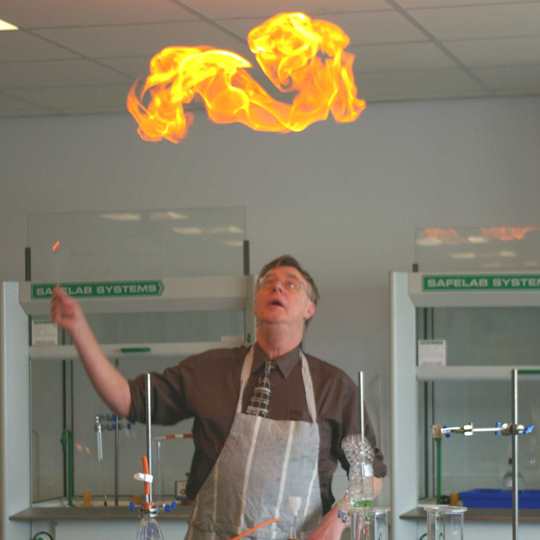
The collaboration will use anonymised requisition data from LabLogger to build a picture of school science practical work. Participation is entirely voluntary (opt-in), and no personal data is shared in the process.
Real-time anonymised requisition data has the exciting potential to provide unique insights into what practical activities are actually taking place in schools across the UK. The data will also allow CLEAPSS to track data over time to build a more accurate picture of trends and providing answers to questions about the perceived decline in practical work.
CLEAPSS also plans to use the findings internally to identify areas of practical work where it can offer more tailored support as well to support CLEAPSS’ research and advocacy work to strengthen the place of practical activities in science education.
So, we need your help!
If you would like your school to participate in this exciting project and help us achieve these ambitious goals, all UK-based schools that use LabLogger can now activate the new ‘Share our anonymised Request History data with CLEAPSS’ setting on their Account Settings page.
More information on the new setting, as well as a short Q&A, is available by clicking on the information-icon on the top-right of the ‘Account Modifiers’ section of the Account Settings page on LabLogger.
New Resource for UK Schools!
Darwin Biological has launched The Practical Biologist - a hands-on biology booklet created with expert partners to inspire the next generation of scientists.
Copies are arriving in 4,500 UK secondary schools this week, and it’s free to view online: www.darwinbiological.co.uk
Packed with practical tips, experiments, and free resources from leading organisations.
Designed to make biology exciting, accessible & sustainable for every classroom.
 PS048 Fume cupboard testing and contractors
PS048 Fume cupboard testing and contractors
 GL108 - SYC-CLEAPSS advice. Secure Your Chemicals
GL108 - SYC-CLEAPSS advice. Secure Your Chemicals
 GL393 - Dissection
GL393 - Dissection
 SRA040 - The Raging Raisin and Singing Sultana
SRA040 - The Raging Raisin and Singing Sultana
 GL069 - Banned chemicals and other myths 2025
GL069 - Banned chemicals and other myths 2025

